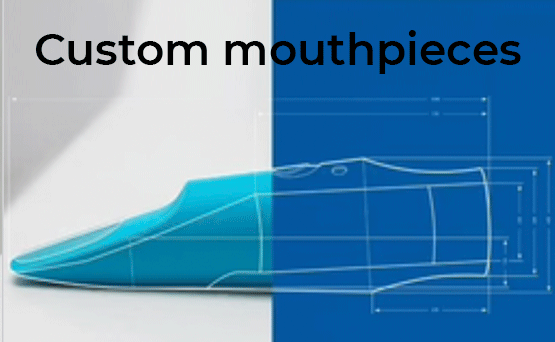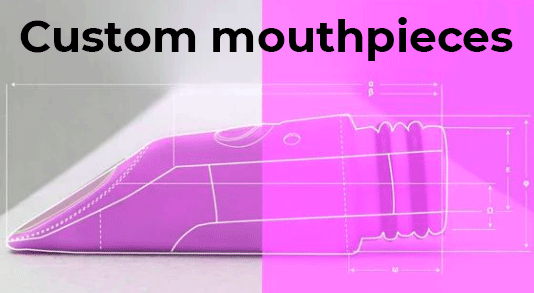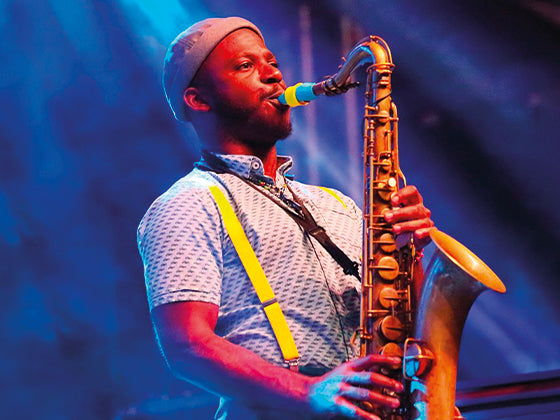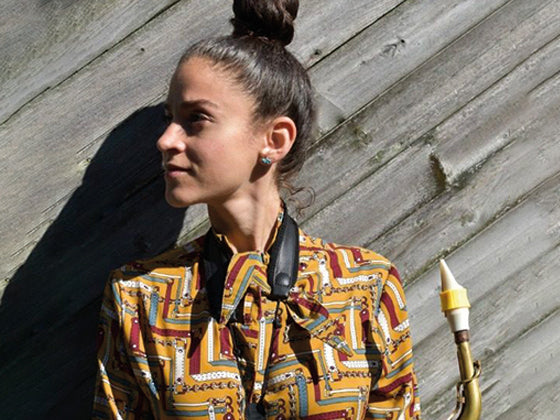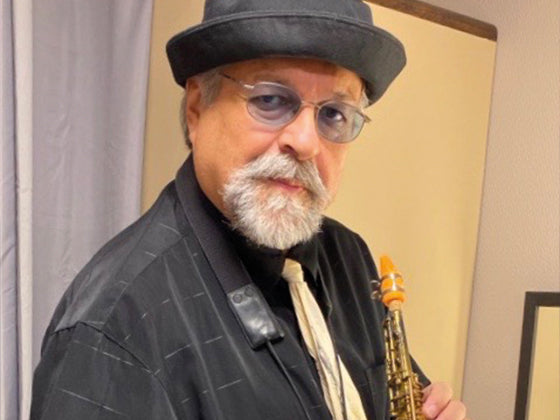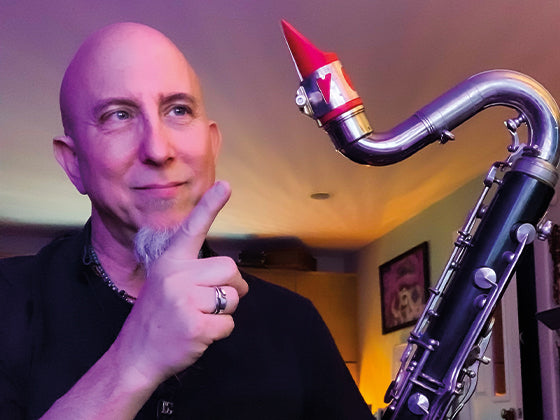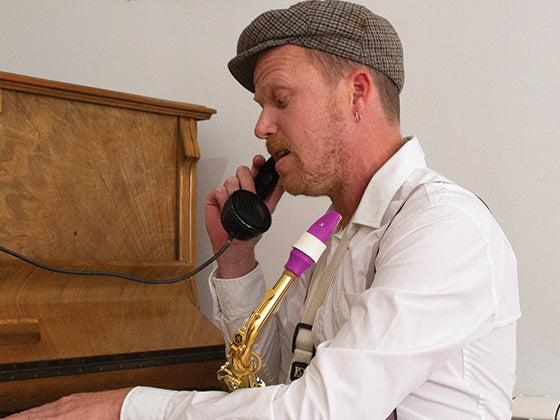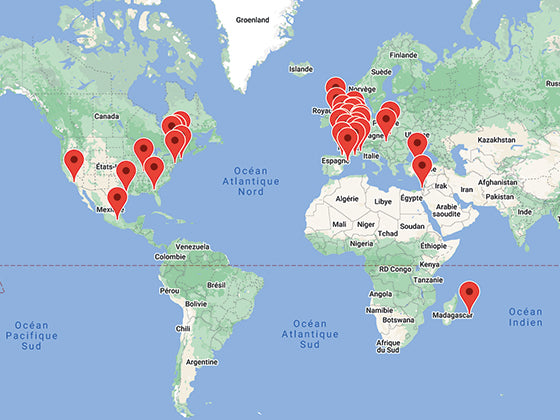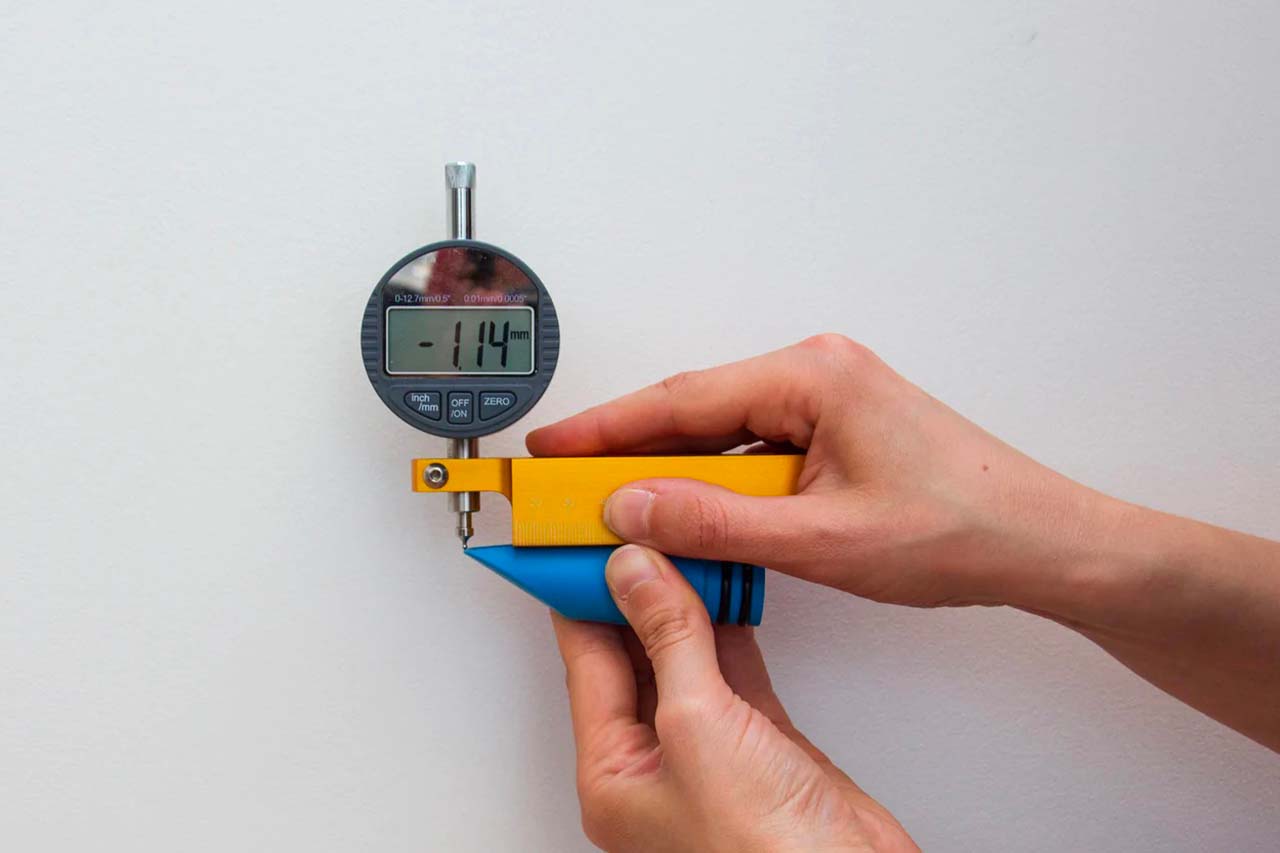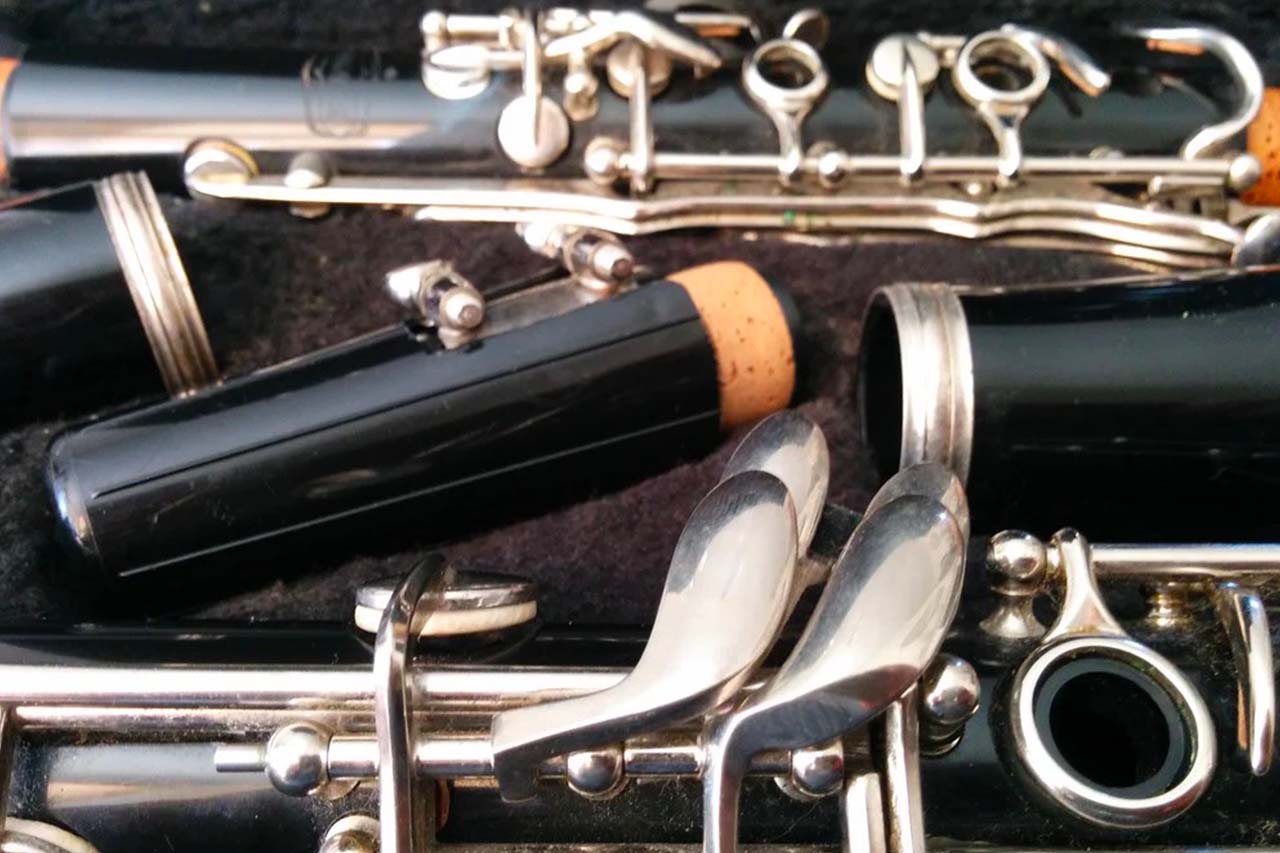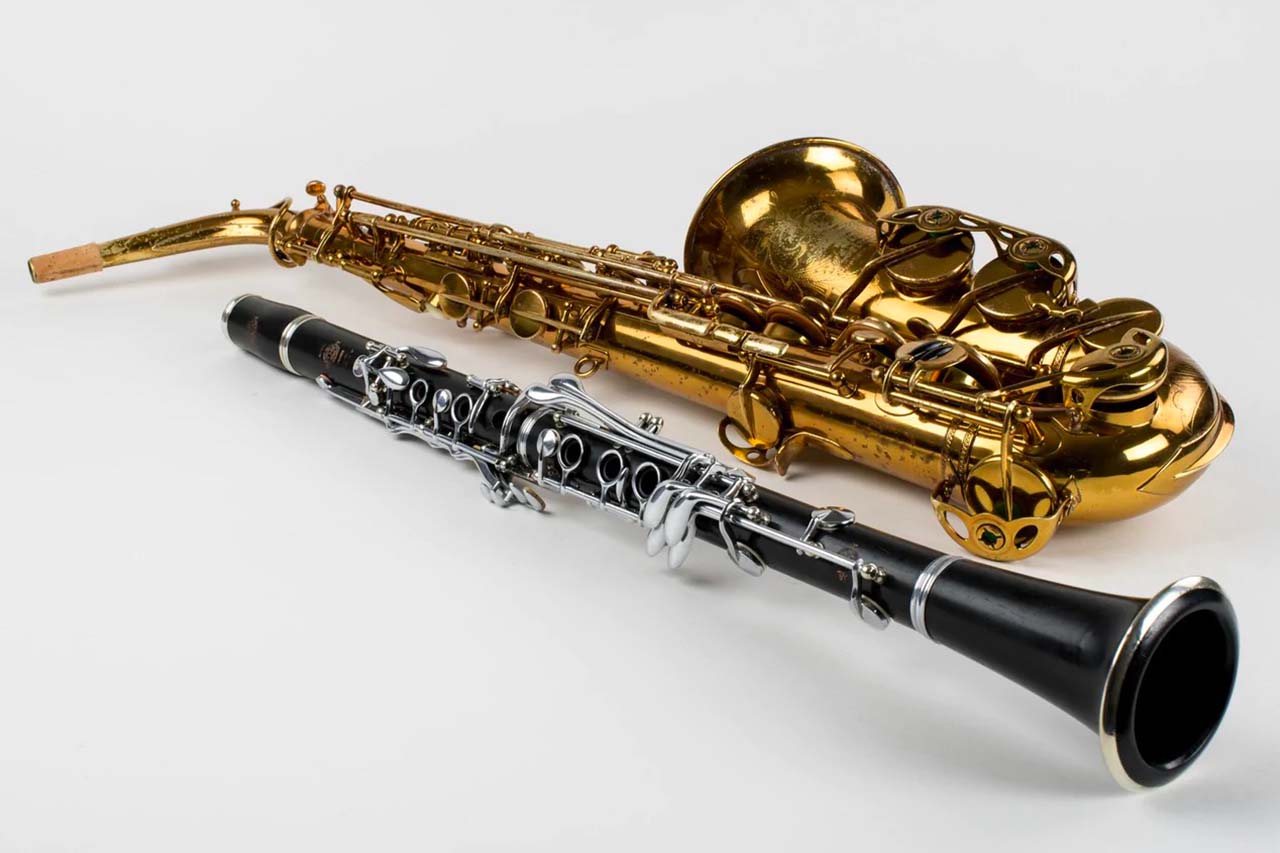Once the clarinet mouthpiece has been mounted with a reed, an opening is visible between the latter and the former, through which air can pass: it is the tip opening, an essential, variable parameter, identical to that of the saxophone.

What tip openings for the clarinet?
When it comes to the clarinet, the tip opening is often closely related to the mouthpiece model and impacts its sound signature. Indeed, a more open mouthpiece generally sounds brighter, and allows for more flexibility. On the other side, a closed mouthpiece is associated with softer sounds, and grants more stability to the musician.
As with the saxophone, the right tip opening will vary depending on the type of clarinet you play. For the soprano Bb clarinet and the bass clarinet for example, the range of openings is as follows:
| Clarinet type | Opening range in mm | Opening range in inches |
|---|---|---|
| Bb Soprano | 1.05 to 1.70 mm | 0.04 to 0.067 inches |
| Bass | 1,7 to 2,3 mm | 0.067 to 0.09 inches |
With a range spanning less than a millimeter, the size difference between the biggest and the smallest opening is less important than on the saxophone, and even more so with the most common models, which are all around 1.9mm for the bass clarinet and 1.2mm for the Bb soprano.
Also read : The saxophone's tip opening
Although such differences are barely perceptible to the naked eyed, they are still of the utmost importance, and musicians can spot the smallest variations in opening sizes.

There are, however, some exceptions to the values listed above: some Bb clarinet mouthpieces can go up to a 1.9mm opening, offering more power and flexibility, which is ideal for New Orleans music. Daro Behroozi, a Syos Signature artist, plays an extreme 2.6mm opening on his bass clarinet mouthpiece.
As for the Bb clarinet, German systems generally tend to use more closed mouthpieces, with openings ranging between 0.9 and 1.1mm, paired with stronger reeds.
Finding the best tip opening for your mouthpiece: it's all about compromise
To be more precise, finding the best tip opening for your play style is about finding a good compromise between the mouthpiece's opening, its internal geometry and pairing it with the right reed.
The reed: a variable parameter
In general, the more closed the mouthpiece, the stronger the reed. Likewise, if you choose to go for a wider opening, it is generally advised to reduce the reed's strength. If that does not work, then you will have to change the mouthpiece's opening!

The opening: it is not always what is seems
An overly closed mouthpiece can feel cramped because of a small airflow. Using a stronger reed won't prevent it from feeling too narrow.
Be careful however, as these feelings can be misleading! In both cases, choosing the wrong opening can lead to an impression of stiffness which can be difficult to interpret. Should you then try to close out or widen the opening? It is often necessary to try different tip openings to find the one that works best for you.
The mouthpiece's internal geometry: even more subtle parameters
With the same tip opening, some parameters of the mouthpiece's geometry can make the musician feel like the mouthpiece is more or less open, i.e.:
- the chamber's size : extreme chamber sizes, meaning very small or very large ones, can influence the musician's perception of the opening.
Also read : All about the clarinet mouthpiece's chamber
- the facing length : it is the length between the mouthpiece's tip and the point of contact with the reed. It is independent from the opening.

A longer facing length will allow for more flexibility while giving the feeling of a narrow opening. Conversly, a shorter facing length allows for more stability but can give the impression that the mouthpiece is more open.
These adjustment parameters, which are quite subtle, allow for a plethora of combinations to reach the ideal compromise!
When designing your custom mouthpiece, you will have access to personalized advices to help assess whether you need to increase or decrease the opening, or adjust other parameters. Here is our custom questionnaire!

